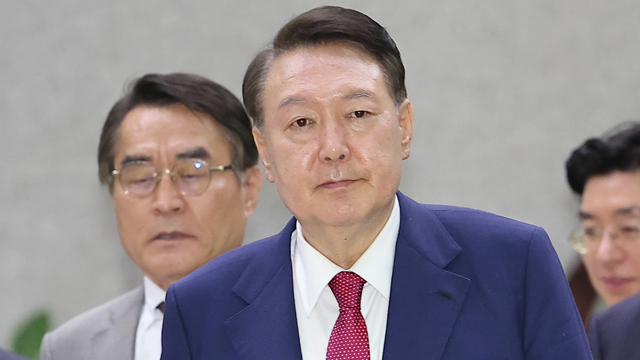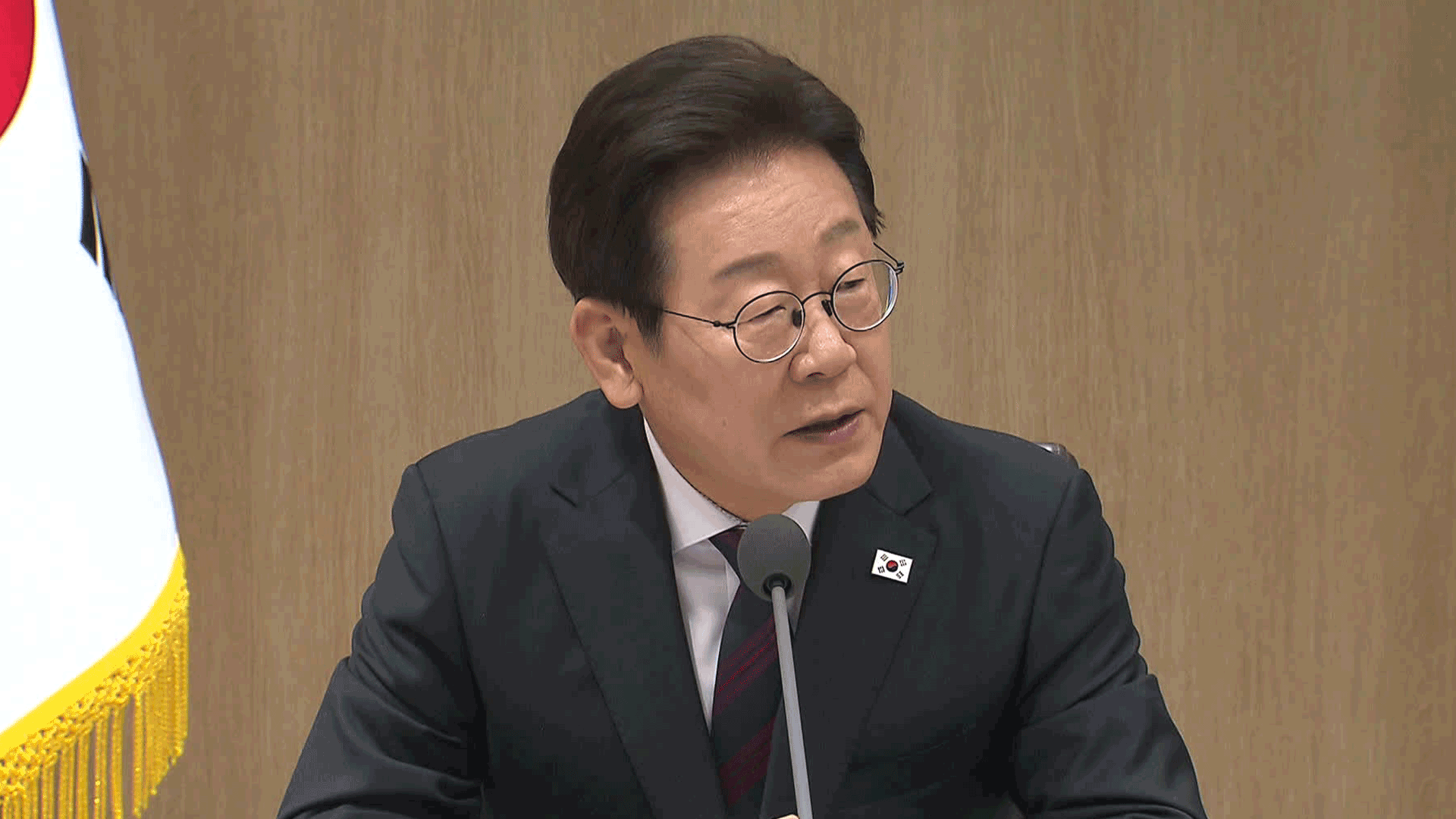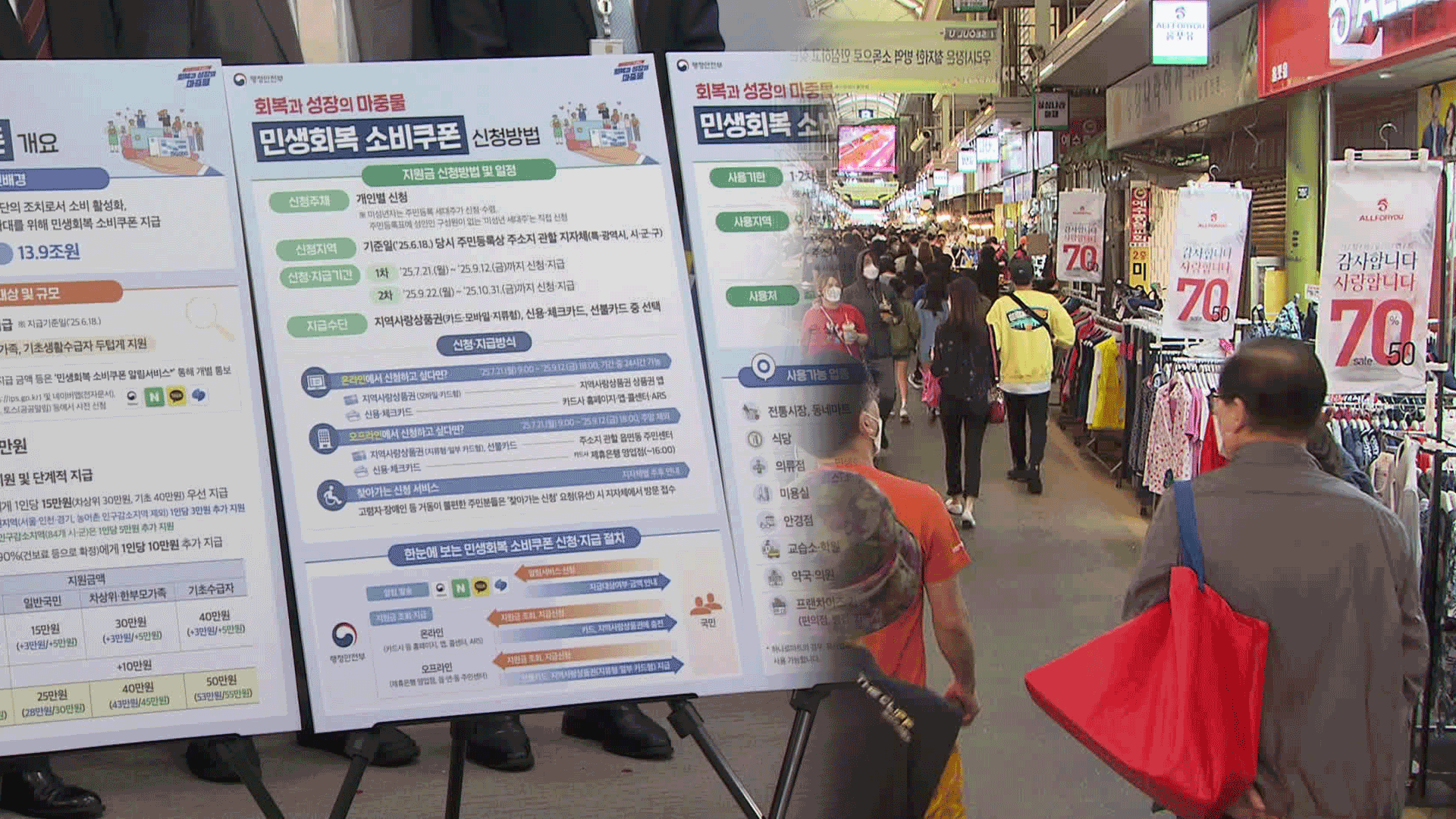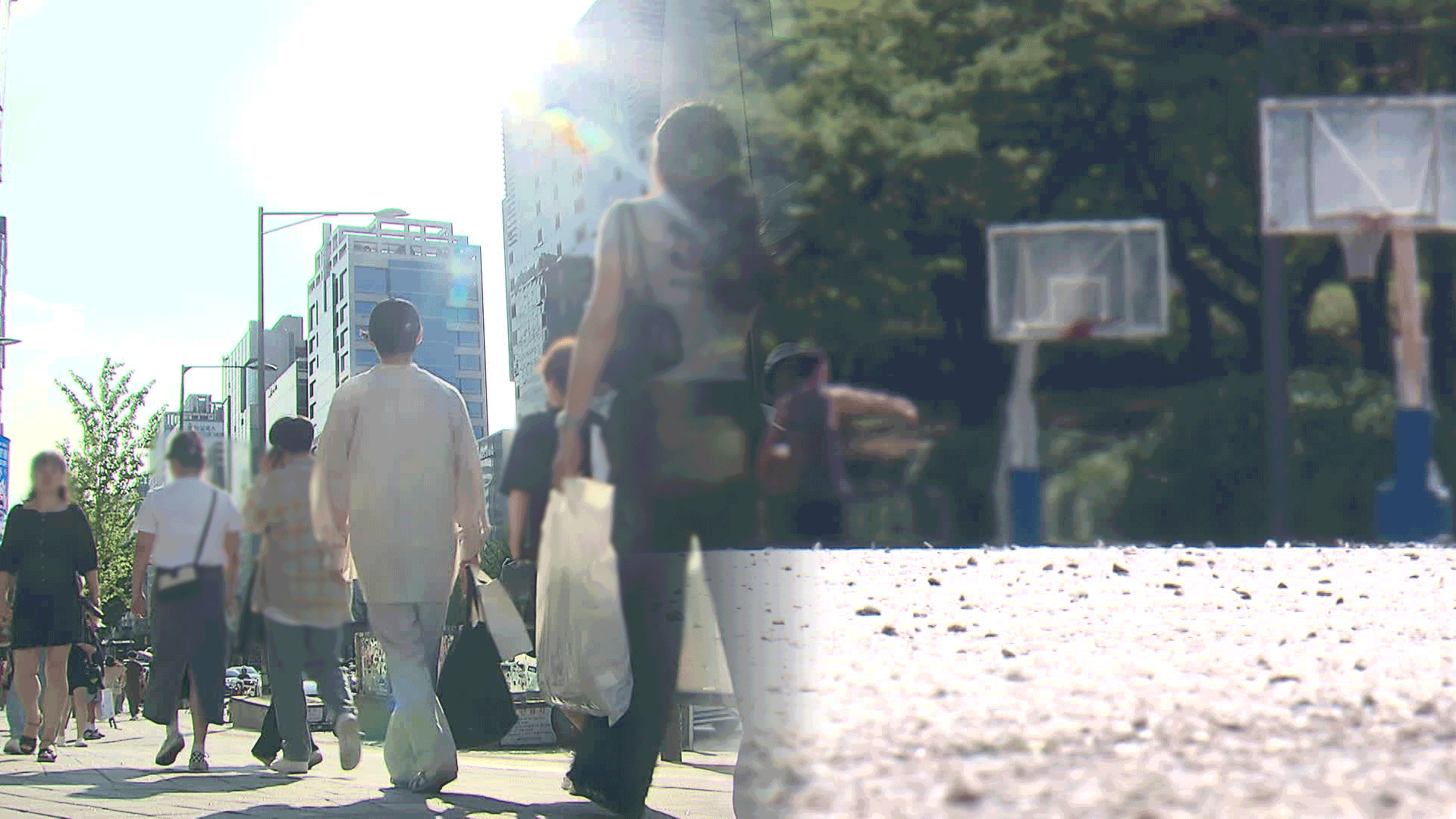[News Today] ECONOMY CONTRACTS 0.2% IN Q2
입력 2024.07.26 (16:11)
수정 2024.07.26 (16:13)
읽어주기 기능은 크롬기반의
브라우저에서만 사용하실 수 있습니다.
[LEAD]
In the second quarter, South Korea's economy shrank by 0.2% from the previous quarter, reversing into negative growth. Despite strong exports, high inflation and interest rates severely limited domestic demand. The Bank of Korea noted a base effect from the first quarter's growth, stating it's too early to declare an economic downturn.
[REPORT]
Credit card payments at department stores last month fell 1.5% on-year. Sales at large supermarket chains also dropped 1.9%.
It's the first time in 5 months that spending at department stores and large retailers were down concurrently.
Official of distributing firm/
Q2, especially April and May were really tough. Regardless of sector, growth slowed in all areas.
Such lackluster private consumption played a part in the 0.2% on-quarter contraction in economic growth in the second quarter.
Smaller spending in automobiles and clothing especially stood out. Construction and facility investment also posted negative growth.
The Bank of Korea explains that minus growth in the April to June period is partly due to a base effect from a high growth rate recorded in the first three months.
The BOK stressed that brisk exports continue and there's no need yet to worry about a recession.
Shin Seung-cheol/ Bank of Korea
We maintain the outlook that demand-restricting factors will ease and export growth will continue and improve in the remainder of the year.
If interest rate cuts start to kick in from the year's latter half led by the U.S., this can help improve consumer sentiment but it will take time for the impact to materialize at home.
Jung Kyu-chul / Korea Development Institute
Even if rate cuts kick in, the impact will likely show next year, rather than this year. So a swift recovery in spending is deemed rather difficult this year.
This means achieving 2.5% annual growth is possible on the back of exports but the discrepancy between the growth rate and actual conditions felt by the public can further widen.
■ 제보하기
▷ 카카오톡 : 'KBS제보' 검색, 채널 추가
▷ 전화 : 02-781-1234, 4444
▷ 이메일 : kbs1234@kbs.co.kr
▷ 유튜브, 네이버, 카카오에서도 KBS뉴스를 구독해주세요!
- [News Today] ECONOMY CONTRACTS 0.2% IN Q2
-
- 입력 2024-07-26 16:11:33
- 수정2024-07-26 16:13:56
[LEAD]
In the second quarter, South Korea's economy shrank by 0.2% from the previous quarter, reversing into negative growth. Despite strong exports, high inflation and interest rates severely limited domestic demand. The Bank of Korea noted a base effect from the first quarter's growth, stating it's too early to declare an economic downturn.
[REPORT]
Credit card payments at department stores last month fell 1.5% on-year. Sales at large supermarket chains also dropped 1.9%.
It's the first time in 5 months that spending at department stores and large retailers were down concurrently.
Official of distributing firm/
Q2, especially April and May were really tough. Regardless of sector, growth slowed in all areas.
Such lackluster private consumption played a part in the 0.2% on-quarter contraction in economic growth in the second quarter.
Smaller spending in automobiles and clothing especially stood out. Construction and facility investment also posted negative growth.
The Bank of Korea explains that minus growth in the April to June period is partly due to a base effect from a high growth rate recorded in the first three months.
The BOK stressed that brisk exports continue and there's no need yet to worry about a recession.
Shin Seung-cheol/ Bank of Korea
We maintain the outlook that demand-restricting factors will ease and export growth will continue and improve in the remainder of the year.
If interest rate cuts start to kick in from the year's latter half led by the U.S., this can help improve consumer sentiment but it will take time for the impact to materialize at home.
Jung Kyu-chul / Korea Development Institute
Even if rate cuts kick in, the impact will likely show next year, rather than this year. So a swift recovery in spending is deemed rather difficult this year.
This means achieving 2.5% annual growth is possible on the back of exports but the discrepancy between the growth rate and actual conditions felt by the public can further widen.
이 기사가 좋으셨다면
-
좋아요
0
-
응원해요
0
-
후속 원해요
0















이 기사에 대한 의견을 남겨주세요.